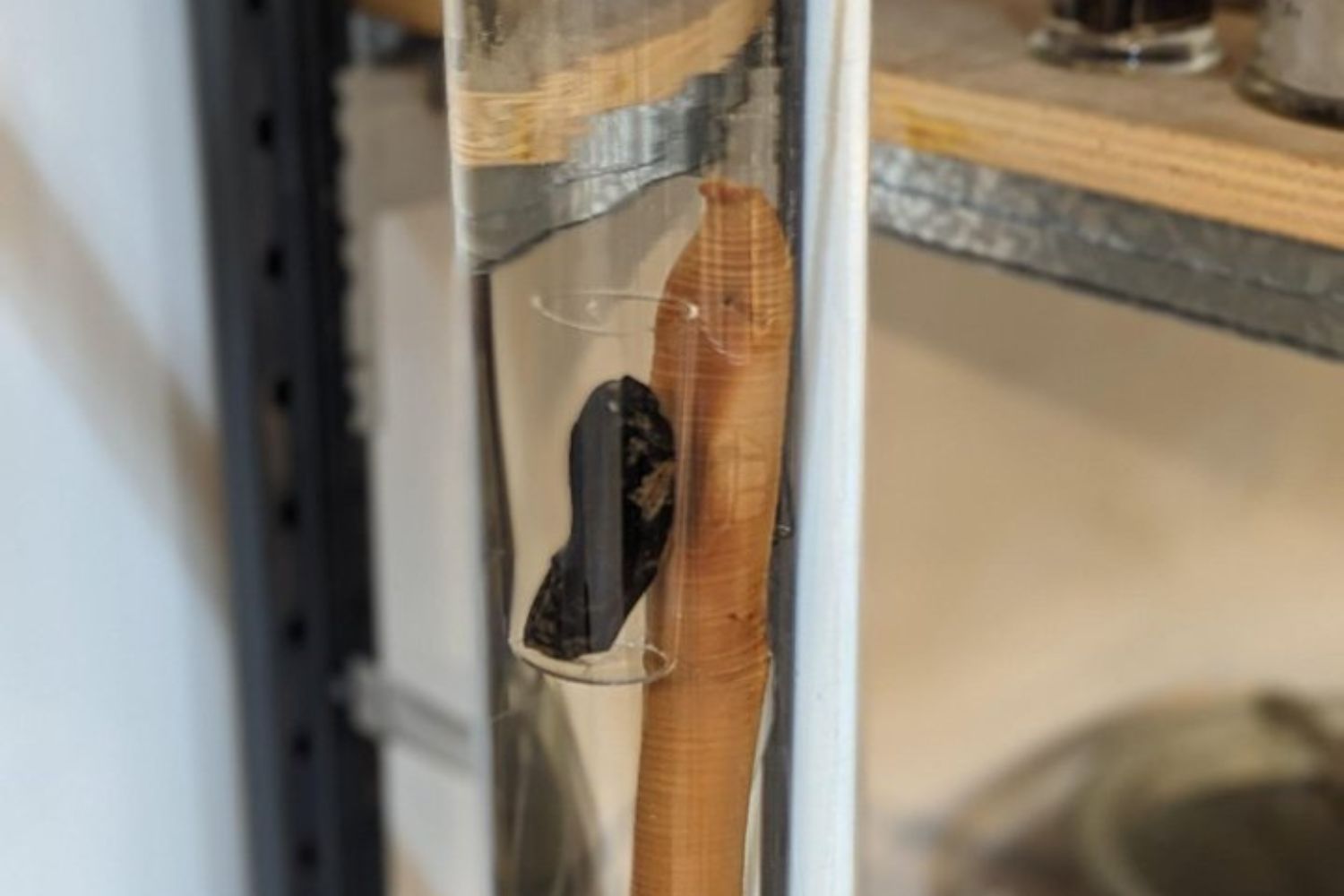The Gippsland giant earthworm is among the world's largest, but remains difficult to study. Discover the secrets of this unique species

@NHM_Science
Deep beneath Australian ground, between patches of sodden clay and silent underground passages, lies one of the world’s most impressive and mysterious invertebrates: the Gippsland giant earthworm (Megascolides australis). This underground colossus, up to 10 feet long, emits a gurgling sound when it moves underground. However, despite being of huge size, it is surprisingly fragile and difficult to study.
A vulnerable giant
Unlike other garden earthworms, the Gippsland giant earthworm is not only long but also extremely delicate. Its mere touching with a spade or agricultural tool will kill it—its body shatters on injury, and the worm will only seldom survive. That leaves it in a very vulnerable situation because of habitat destruction and human activities such as intensive farming and groundwater reduction, both of which threaten its existence.
By Dr. Beverley Van Praagh, the species expert, the only way to find one without hurting it is to listen really carefully for sounds made underground. A Gippsland giant earthworm alarmed quickly pulls back into its burrow with a noise similar to water running out of a bath.
A stunning hidden biodiversity
The Gippsland giant earthworm is not the only incredible worm to have been found in Australia. The continent’s species richness is impressive, with most of its species unknown to science. According to Australian Museum‘s Dr. Pat Hutchings, quoted in The Guardian, a more than three-foot sea worm, Eunice dharastii, was spotted in shallow northern Sydney waters lured out of its crevice by fish bait. Other samples found in the Kimberley region are so vast they could be wrapped around a person’s neck like a living scarf.
An uncertain future for these underground giants
The Gippsland giant earthworm is a long-lived but slow-reproducing species. It lays a single egg, wrapped in an amber-colored cocoon, and it takes an entire year for the young worm to grow up. Such a low rate of reproduction makes it very sensitive to changes in the environment.
The main hazards facing this species are groundwater depletion, habitat fragmentation, and agricultural mechanization, which brings up the entire complex network of tunnels that it lives within. If its habitat is not saved, the Gippsland giant earthworm could soon become nothing but a memory of Australia’s incredible diversity.
